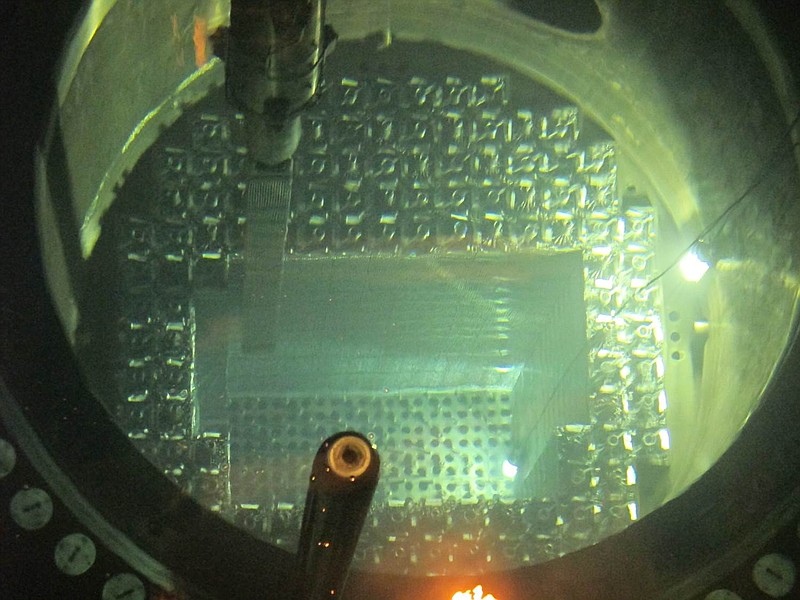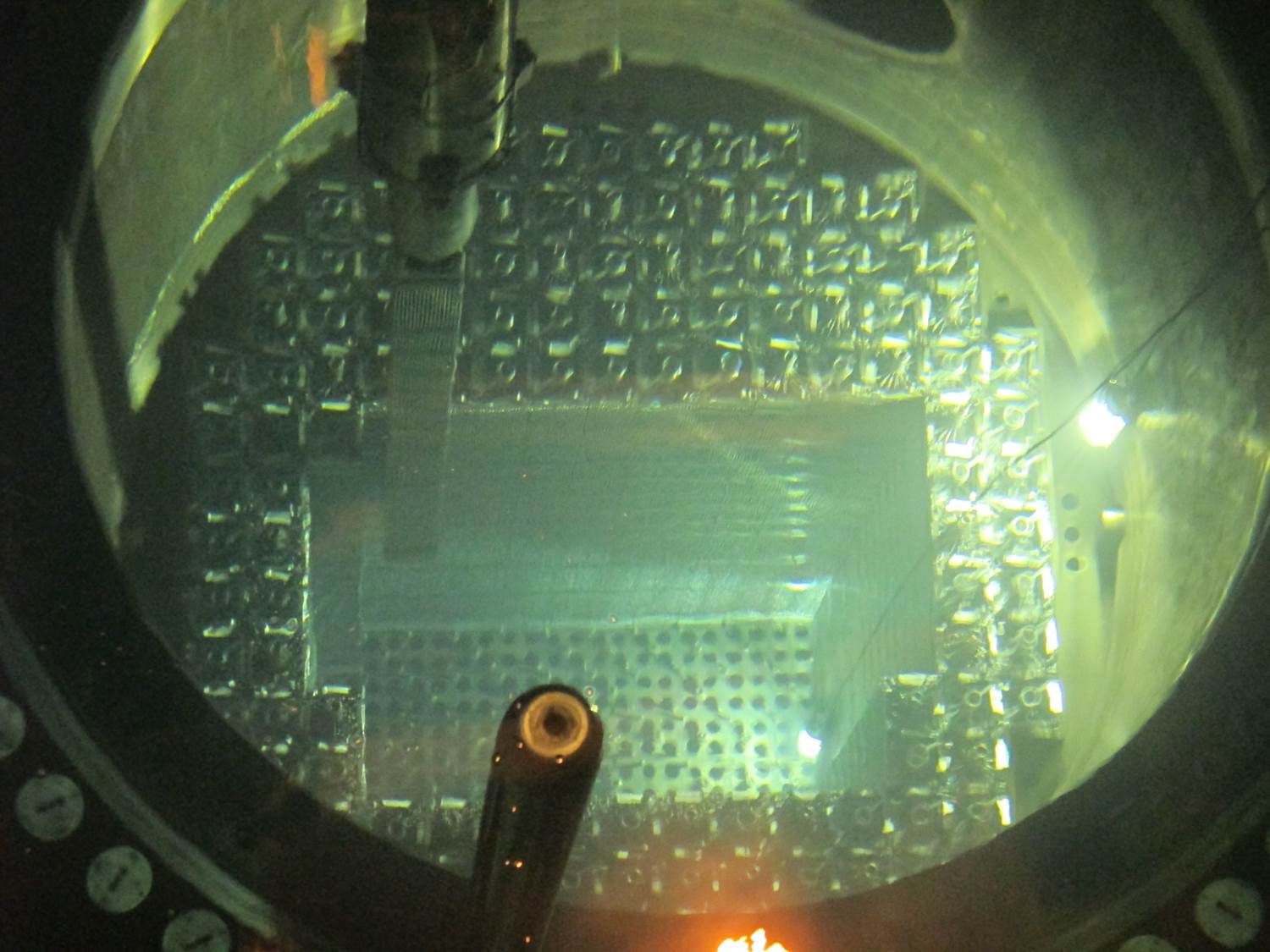A self-sustaining nuclear reaction was achieved today at TVA's Watts Bar Unit 2 reactor in one of the most significant milestones toward activating America's first new nuclear plant in the 21st century.
Licensed reactor operators at the newest unit at Watts Bar brought the reactor to a sustained fission reaction known as initial criticiality at 2:16 a.m. EDT, today. Unit 2 is now generating heat under its own power and within the next couple of weeks should be brought to a power level sufficient to heat steam and generate electricity for the first time.
TVA expects the unit 2 reactor to achieve 100 percent power and be declared complete and commercially viable by this summer - nearly 43 years after construction first began at Watts Bar. The TVA plant has been stopped and started several times over the past four decades, but the utility insists its $4.5 billion completion costs is still a bargain compared with other new reactors that cost twice as much to build.
"This milestone is the result of the hard work by Watts Bar employees supported by the entire TVA nuclear team," TVA Chief Nuclear Officer Joe Grimes said in a statement today. "While this achievement is important, safety remains our top priority and we will now move forward with fully integrating the seventh unit into the fleet with that focus in mind."
TVA will conduct a variety of power ascension tests at the plant over the next several weeks to test equipment and procecedures on the new reactor, TVA spokesman Jim Hopson said today. The unit has yet to generate any electricity, but once it reaches sufficient power and is linked with the generator on the non-nuclear portion of the plant, Watts Bar Unit 2 will generate electricity. In full operations, the unit can generate 1,150 megawatts, or enough power for two cities the size of Chattanooga.
"Our expectation would be that we would reach the point where we would start generating power in low quantities probably within the next several weeks," Hopson said.
Plant systems and controls will be monitored and tested at various power levels up to 100 percent. These tests will be repeated multiple times to ensure the entire system operates safely as designed.

